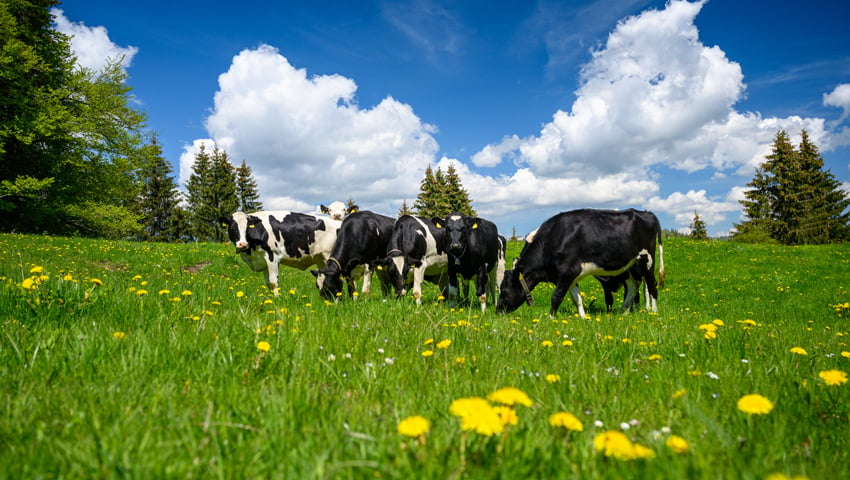Roots so Deep is the latest film series from Peter Byck, the director of the Carbon Cowboys – a unique multi-million dollar research project to both study and communicate the value of soil carbon sequestration in adaptive multi-paddock systems.
The project has led to a number of peer-reviewed scientific papers, which demonstrate that AMP grazing is a carbon sink.
Byck, who leads the whole project, is a professor of practice at Arizona State University in both the School of Sustainability and the Cronkite School of Journalism.
Byck says that “Carbon cowboys are the men and women who are inventing a new way to graze cattle that mimics how herds of bison grazed The Great Plains of North America, and built some of the world’s deepest and richest soils. The bison would roam in large herds, eat half the grasses and move on – just like we eat the top part of the asparagus, and move on. The bison would change their scenery for two main reasons, better forage across the plain, or wolves were picking off the stragglers. My science friends call that predation. I call it time to not straggle.
“The grasslands and the bison co-evolved over tens of thousands of years, creating a beneficial system. The bison ate half the grasses, stomped the other half down to give the soil a nice covering, holding in moisture – and the bison’s manure and urine fertilized the microbes in the soil. So – the bison ate, pooped and left – and the plants then went into photosynthetic hyper-drive, re-growing their shoots and stems, and sucking down carbon from the air (aka carbon dioxide, aka CO2), exhaling the O2 (aka oxygen), then mixing the carbon with water, concocting sugars that they then pushed down through their roots, into the soil, to feed the microbes. The microbes in turn mined minerals and nutrients and fed those to the plants. It was a beautiful system – bison, plants, microbes. Just add water.
“The carbon cowboys replicate this system with their cattle – breaking up their land into much smaller paddocks, and moving their herd frequently, sometimes daily, sometimes 4 to 5 times a day. It’s a heavy hit from the cattle, their hooves stimulate seed growth, their poo and pee bring the groceries for the microbes. The plants and microbes respond to the cattle just like they did to the bison. The farms greatly vary in size, from 110 acres to 20,000 acres – with herds of 80 to 5000.”
The Carbon Cowboys project has already produced many significant and important scientific papers, with more to follow. Over the next few weeks 8.9ha will report on these papers in turn.
The science papers we will report on include:
- Improvements in soil properties under adaptive multipaddock grazing relative to conventional grazing
- Adaptive multi-paddock grazing management’s influence on soil food web community structure for: increasing pasture forage production, soil organic carbon, and reducing soil respiration rates in southeastern USA ranches
- The role of ruminants in reducing agriculture’s carbon footprint in North America
The full inventory of research papers can be found here
